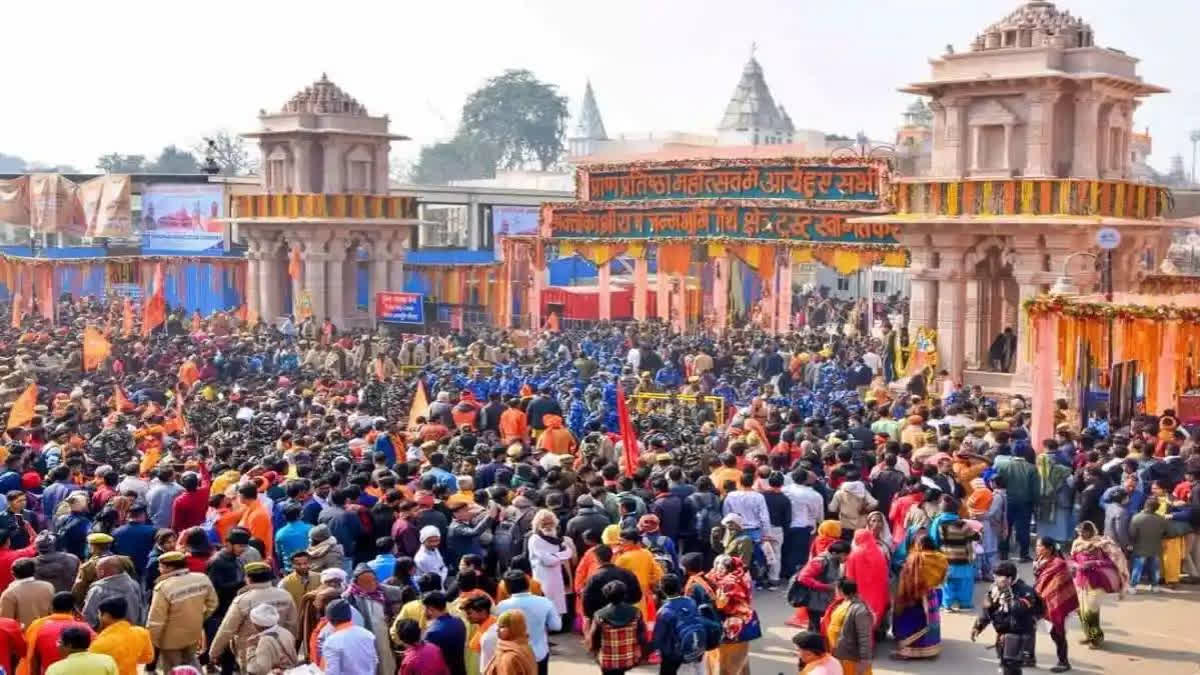Ayodhya: According to Korean legend, a teenage princess from Ayodhya crossed the ocean in a boat some 2,000 years ago, sailed 4,500 kilometres to Korea and married King Kim Suro who founded the Gaya Kingdom in the north Asian country. The princess, Suriratna, then became Queen Heo Hwang-ok. The fable is hardly known in India, nor is the fact that some 60 lakh people in South Korea, who consider themselves descendants of Suriratna, consider Ayodhya as their maternal home. It was therefore natural that many of them eagerly watched the Ram Temple consecration online from their homes on January 22. And now they can't wait to visit Ayodhya to see the grand new Ram temple complex up close.
Many members of the Karak clan visit Ayodhya every year to pay tributes at the memorial of Queen Heo Hwang-ok at the Queen Heo Memorial Park, which was set up on the banks of Sarayu river in Ayodhya in 2001 in a partnership between the Uttar Pradesh government and the Gimhae city in South Korea. "Ayodhya is very special to us as we see it as our grandmother's home," said Kim Chil-su, the secretary general of the Central Karak Clan Society. He was among those who attended the January 22 'Pran Pratishtha' ceremony of the new idol of Ram Lalla at the temple, a few kilometres away from the Queen Heo Memorial Park.
Spread over a 2,000 square metre area, the park features a meditation hall, pavilions dedicated to the queen and king, pathways, a fountain, murals and audio-video facilities. The pavilions are built in a typical Korean style with tiled sloping roof. "We visit Ayodhya every year to pay tributes at the memorial and this time we plan to go to the new Ram temple too. We watched the ceremony on-line and what a feeling it was. I haven't been to the old makeshift shrine but have read about the dispute," Yu-Jin Lee, who plans to travel with 22 others to the city in February, told PTI over phone from South Korea.
